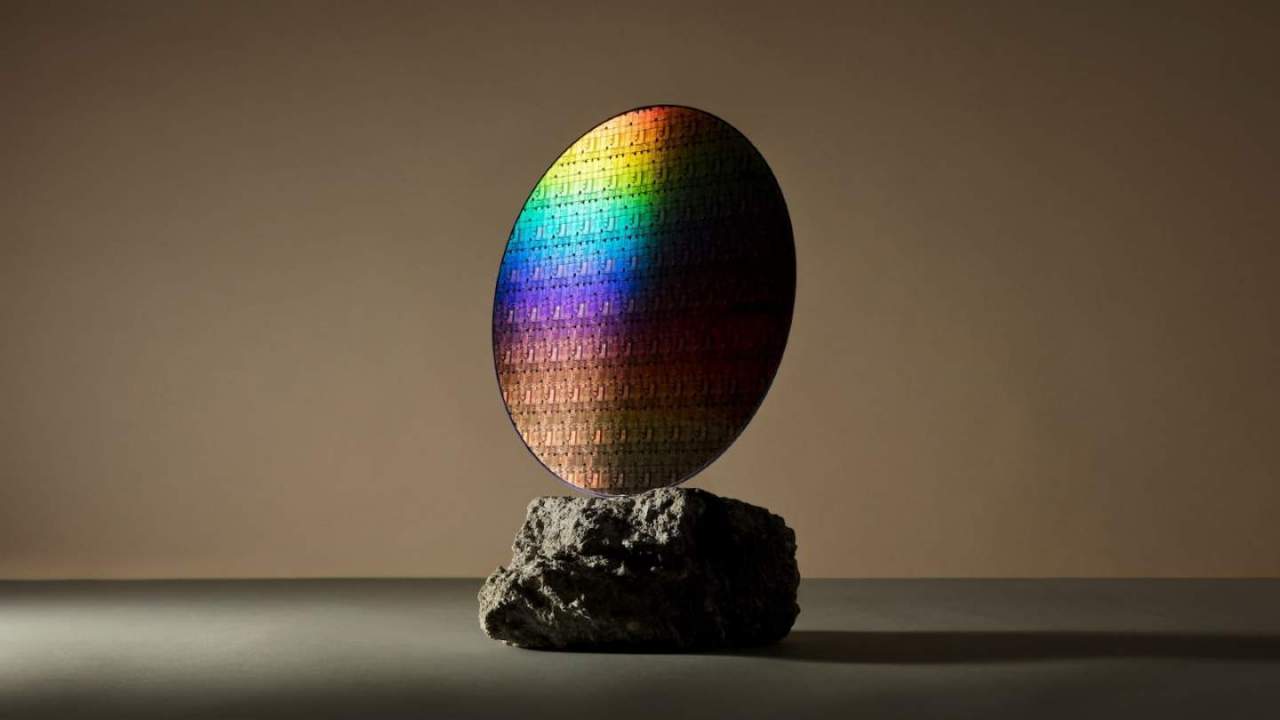The vast majority need to charge their cell phones consistently or two, however another logical advancement made by specialists with IBM and Samsung might change that. The two organizations collaborated on an advancement semiconductor plan they call the Vertical-Transport Nanosheet Field Effect Transistor (VTFET), another chip design that may, when contrasted with the more regular finFET tech, slice energy use by up to 85-percent or twofold execution.
IBM Researchers clarify that most current chips depend on horizontal vehicle field impact semiconductors (FETs) design, an illustration of which is the blade field impact semiconductor (finFET). That last option configuration includes setting down semiconductors across a wafer’s surface, though the new advancement plan VTFET works by orchestrating the semiconductors in layers opposite to the wafer.
This, the organization clarifies, brings about an upward current stream that evades some current restrictions, basically with regards to things like contact size and semiconductor door length. Improvement, then, at that point, is conceivable by either decreasing the measure of energy utilized or expanding the exhibition level.
The Internet of Things (IoT) industry may likewise be altered by this leap forward, with the specialists taking note of that decreased energy requests might empower brilliant gadgets like associated sensors to work “in more different conditions.”
The two organizations underline that the all over current plan might expand what is known as Moore’s law, alluding to Gordon Moore’s perception many years prior that a coordinated circuit’s semiconductor numbers will twofold every several years. The thought, IBM clarifies, has approached its cutoff as chips present actual size limits in which producers are endeavoring to “pack more semiconductors.”
IBM has been working diligently tending to these developing energy and execution needs. Of note, the organization presented its 2nm tech leap forward back in May, which makes it conceivable to put 50 billion semiconductors on a chip around the size of a solitary fingernail.
That advancement alone presents some possibly significant changes downstream, including stretching out telephone battery runtime to around four days, further developing PC execution, and eliminating server farm carbon impressions by diminishing energy use. The new joint VTFET plan forward leap from IBM and Samsung expands upon this work, with IBM noticing the upward course of action “centers around a totally different aspect.”




Average Rating